
(Written by Nik Bullard, Social History Curator – Museums Wellington)
Nairn Street Cottage, the Wallis family home for over a hundred years, is a gem quietly tucked away in Central Wellington. The Wallis family story spans three generations – the original settlers Catherine and William who arrived from England in 1857, their daughter Clara who moved back into the Cottage with her children around 1910 and Clara’s daughter, Winifred, who was still living in the family home in the 1970s. Due for demolition, public interest saw the house saved and restored. It opened as a museum in 1980.


(Catherine and William Wallis, Museum Collection)
But how does a museum tell stories about people they don’t know and who have now passed away? This is an issue we have telling stories about the Wallis family and their home. Although we know a good deal about the Wallis’, we don’t know enough to be definitive about them.
We can get around this by talking about society back in the day – this is what life was like back then, this could be why the original settlers emigrated here, these are the social and technical changes they would have experienced along the way. So we know enough about life from the 1850s until the 1970s to paint a rich enough general picture of how life was.
But going from the general to the particular is more difficult. There are the fantastic research facilities such as Papers Past at the National Library (and the Wallis’ turn up in old newspapers) and the City Archives has the Cottage’s house and services plans. Probate records, court proceedings, school rolls, property transfers records can reveal information too. We can ask architectural experts about specifics to do with the house (mortise and tenon joints, hand-made nails, native timbers etc).
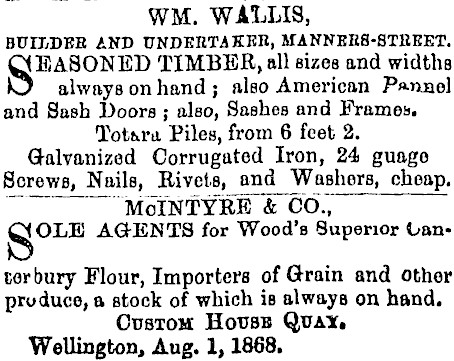
But that still leaves us with the problem of how to get down and personal with the Wallis’ themselves. The next stage of development at the Cottage is to tell the story of the house and the three generations of Wallis’ who lived there across time. As a social history curator for the Cottage, I’ll do this by giving Catherine, William, Clara and Win a room each and theming it in a different era (ranging from 1860 to 1970). I’d like to pretend they are still alive at that time and talk about their thoughts on issues of the day and the wonders of technical advancement.
But what did they think and believe? How did Catherine and her daughters (and her husband and sons for that matter) feel about women’s suffrage? The 1913 Waterside lockout? Were they for or against that? How did the Great Depression and both World Wars affect family members? Turning on the first water tap or electric light? How did that feel?
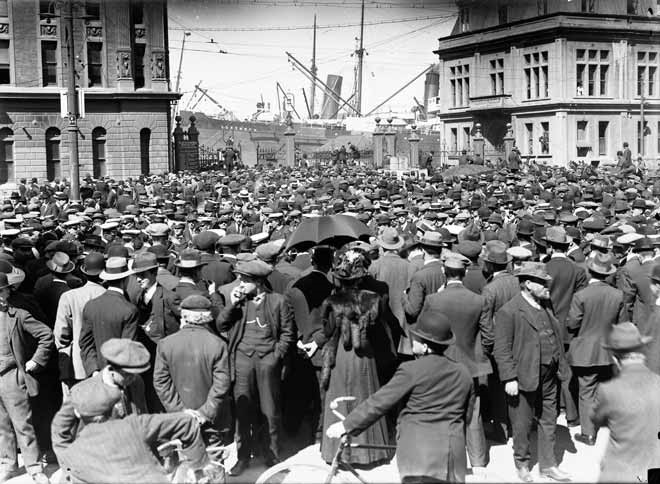
The other tool we have at our disposal is talking to family members – of which there are a lot! Perhaps a relative can give some insight into the moral or political character of a Wallis. Or this method can yield memories of relatives visiting the Cottage and what furniture and fittings may have been there. We have brief transcripts of a couple of relatives’ memories but we would LOVE to hear from anyone else who has stories of the Wallis’ to share.
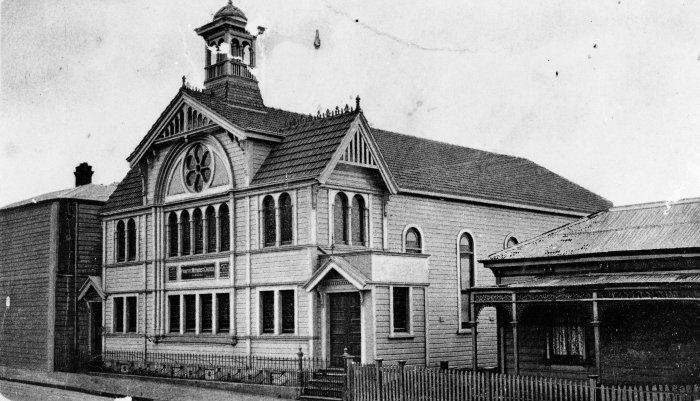
Telling biographical stories is an interesting dilemma and one that historians face all the time. When reading an historical account of someone’s life (biographical or autobiographical), bear in mind that it is someone’s interpretation of that person and events of the time. It’s good to think to yourself, ‘So whose story is this?’ ‘Do they have an agenda or are they pushing a bandwagon?’ ‘Are there other views about this person or event out there?’ I suggest you research widely and then make an informed decision yourself.


But back to Nairn Street Cottage. Along with technological developments, I want to talk about the issues of the day, especially the huge changes that have occurred in society for women over that time. However I’ll be pretending to be a Wallis family member and this will be coloured by my own political and personal views. Although I will try to speak with integrity and authenticity, it will be a case of ‘poetic license’ and the hope that I am telling stories that are close enough to the real thing.
If not, visitors are always there to tell me where I went wrong! And believe it or not, we appreciate that in the museum world.
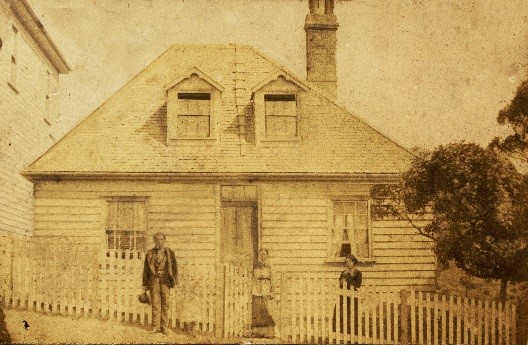
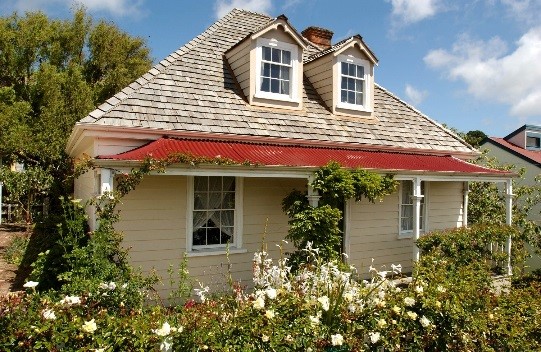

21 December, 2016 at 9:10 pm
So interested as William Wallis is great great grandfather of my husband Philip Wallis.
LikeLike